Blue porcelain phoenix eared flower vase Suwa Sozan
Blue porcelain phoenix eared flower vase Suwa Sozan
Couldn't load pickup availability
Width: 12.1cm Height: 25.5cm
Blue porcelain phoenix ear flower vase
The "Celadon Vase with Phoenix Ears" is a work created by Suwa Sozan IV, and is modeled on Kinuta Seiji, a porcelain ware renowned as the finest product from the Longquan kiln of the Southern Song dynasty, but reconstructed with a uniquely Japanese aesthetic sense. The phoenix ears on either side symbolize the sacred bird that brings good fortune, and in concert with the soft curves that flow from the rim to the body, create a graceful rhythm throughout the vessel. When placed at a tea ceremony or in a tokonoma alcove, it exudes a sense of tranquility that purifies not only the flowers but also the surrounding air.
Form and design
The silhouette of this piece follows the "Phoenix Eared Vase" popular during the Southern Song Dynasty, but the details have been adjusted to suit Japanese flower vase culture. By slightly narrowing the neck and giving the body tension, the stability of the flower arrangement is achieved while still looking beautiful. The phoenix ears are formed by hand twisting without using a mold, and the overlapping feathers and fluttering tail feathers are delicately carved out. Another thing not to be missed is the unique joining technique used at the base of the ears, known as "hidden joints," which ensures that the seams are not noticeable after firing.
Glaze Tone - The Color of "Sozan Celadon" Inherited from the First Generation
The glaze is inherited from "Sozan Celadon", which the first Suwa Sozan spent 25 years perfecting. A small amount of iron is kneaded into the clay and the color is developed by firing it in a reducing flame, resulting in a blue-green color reminiscent of jade. The fourth Suwa Sozan further adjusted the temperature gradient to leave a subtle shadow on the rim and the ridges of the phoenix ears, giving the piece a sense of depth that changes shade depending on how the light hits it. The depth of the "clarity" that comes from the thick glaze is even more pronounced when filled with water, softly reflecting the colors of the flowers inserted inside.
Historical Background - A tribute to Longquan Celadon
Among the Longquan celadon wares that were highly prized at the Southern Song Dynasty court, Kinuta Celadon is a group of masterpieces with a particularly strong sense of transparency and blue color. The first Suwa Sozan was the first in Japan to reproduce this beautiful blue color. Completed in 1907, Sozan Celadon was so highly regarded that he was certified as an Imperial Household Artist in 1917, and has since become synonymous with the Suwa family. While preserving this lineage, the fourth Suwa Sozan has also pursued new forms of expression, such as Nerikomi Celadon with themes of space and stars. This work is a fine example that faithfully reproduces the elegance of Kinuta Celadon while also possessing a dignified presence that fits in with modern living spaces.
Artist profile and creative approach
Suwa Sozan IV was born in Kyoto in 1970. He grew up in a family of artists, with Suwa Sozan III as his father and Nakamura Sotetsu XI, a lacquer artist, as his mother. After graduating from the Kyoto Prefectural Pottery Technical College in 1996, he began working with his father. He took over the name of the IV in 2002. While focusing on celadon, he has inherited the spirit of inquiry from the first generation, such as plaster mold forming and research into a variety of glazes, and believes in putting a "story" into each piece. In addition, he is also characterized by his sustainable approach to production, such as using up all the clay he orders from far away without waste, taking into account the geographical constraints of Kyoto.
Highlights and Combinations of Works
Flickering Light and Shadow <br data-start="1332" data-end="1335">The subtle ripples created by the thick glaze flicker in the presence of indoor light or a candle flame, and the vase itself changes appearance like the surface of water.
The symbolism of phoenix ears <br data-start="1401" data-end="1404">The phoenix is a sacred bird that represents rebirth and good fortune, and is a popular motif at the tea ceremony as it symbolizes the spirit of "harmony, respect, purity and tranquility."
Use in the tea ceremony <br data-start="1473" data-end="1476">The colors of the glaze resonate with the plants of each season - mountain cherry blossoms in spring, green maples in summer, silver grass in autumn, and wintersweet in winter - and the flowers and the vessel come together to create a beautiful scene.
Conclusion
The "Celadon Vase with Phoenix Ears" is a masterpiece that combines respect for the Southern Song Longquan Kiln Kinuta Celadon with the culmination of four generations of Suwa family research into celadon. The auspicious wishes entrusted to the phoenix ears, the profound history hidden within the clear blue color, and the practicality that suits modern tea ceremonies - all of these combine together to calm and clear the minds of those who see and use it. The brilliance of "Sozan Celadon" protected and passed down by the fourth generation Suwa Sozan will surely continue to live on with the times, weaving new stories from now on.
Share

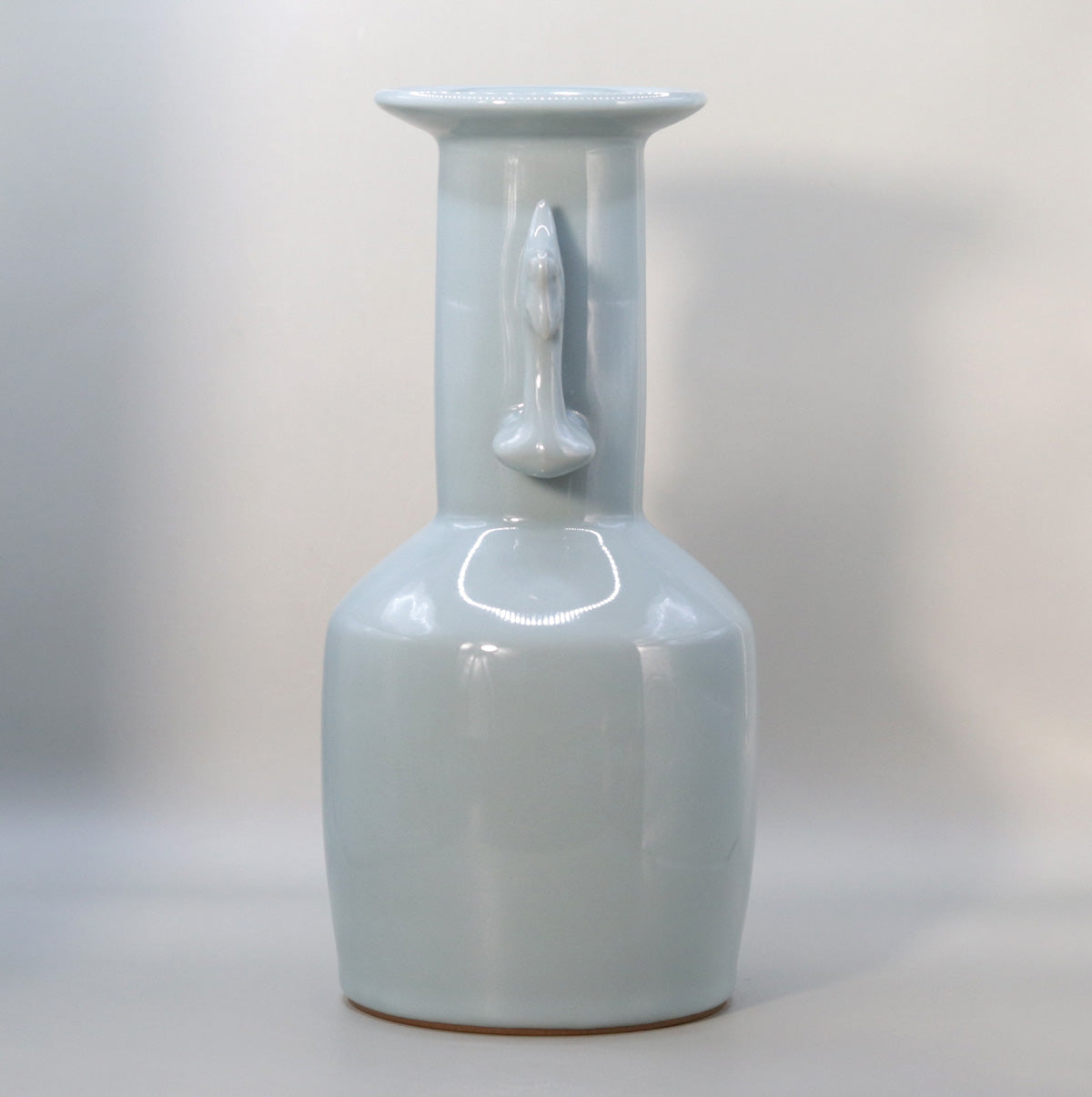
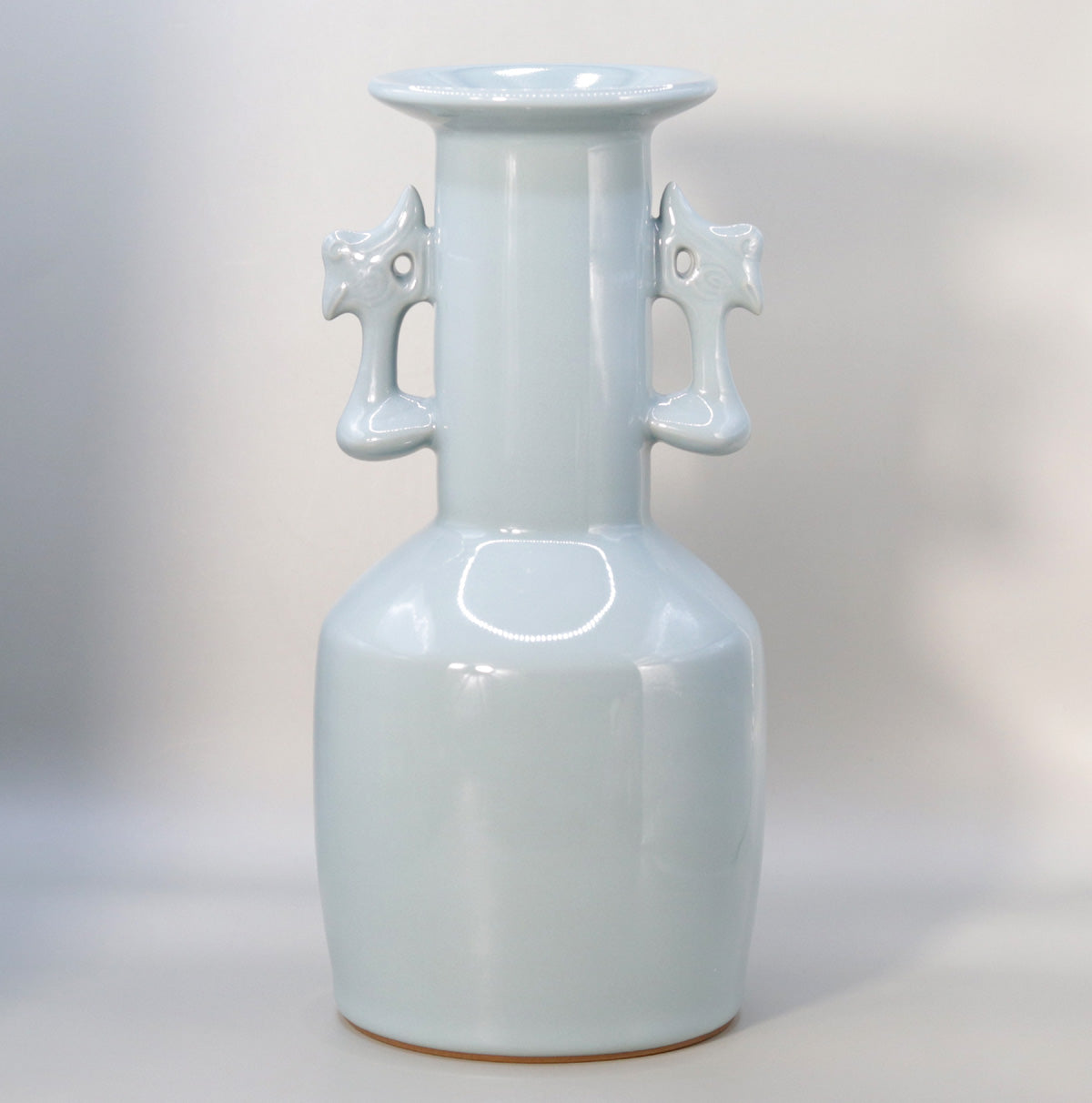
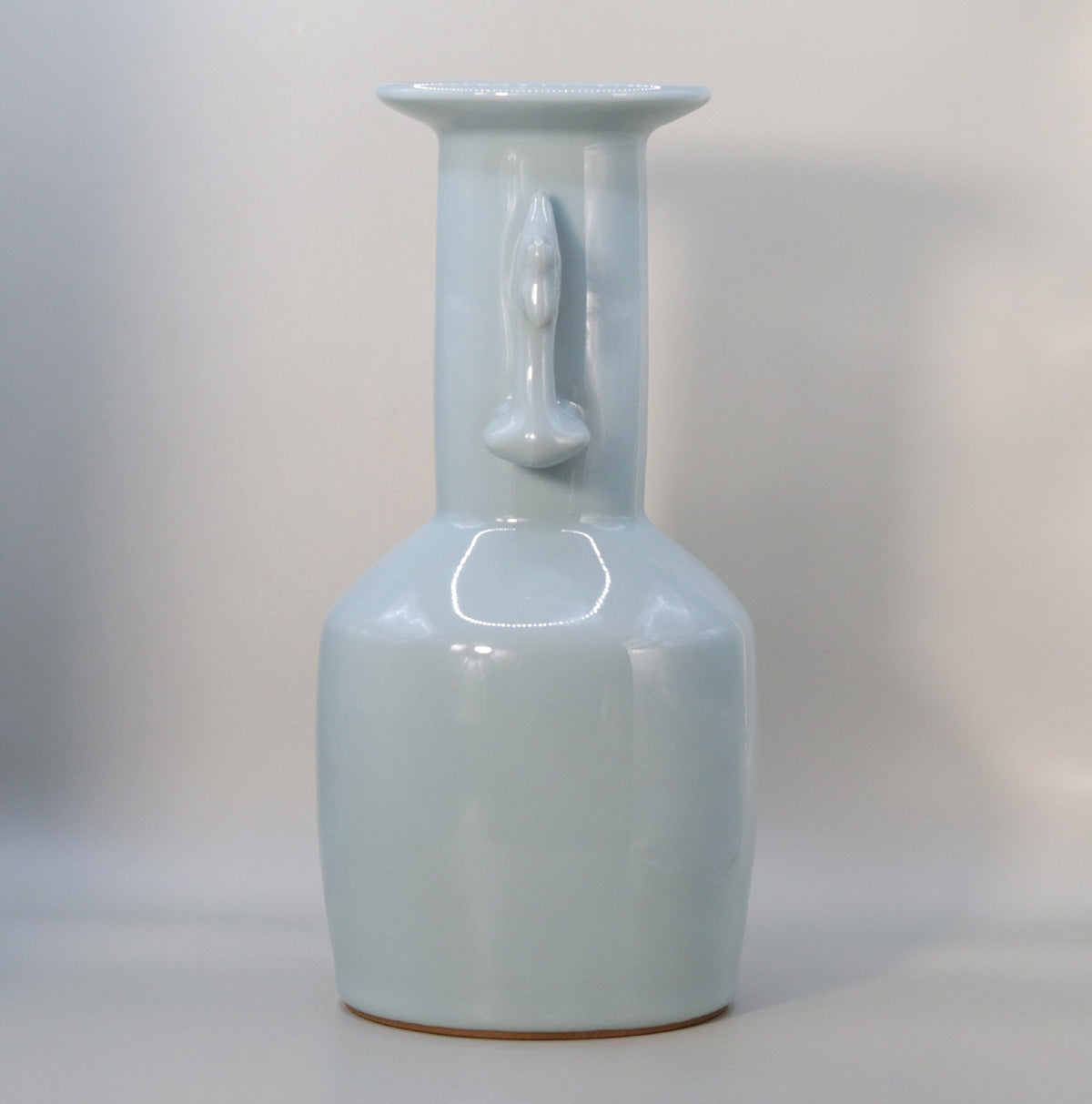
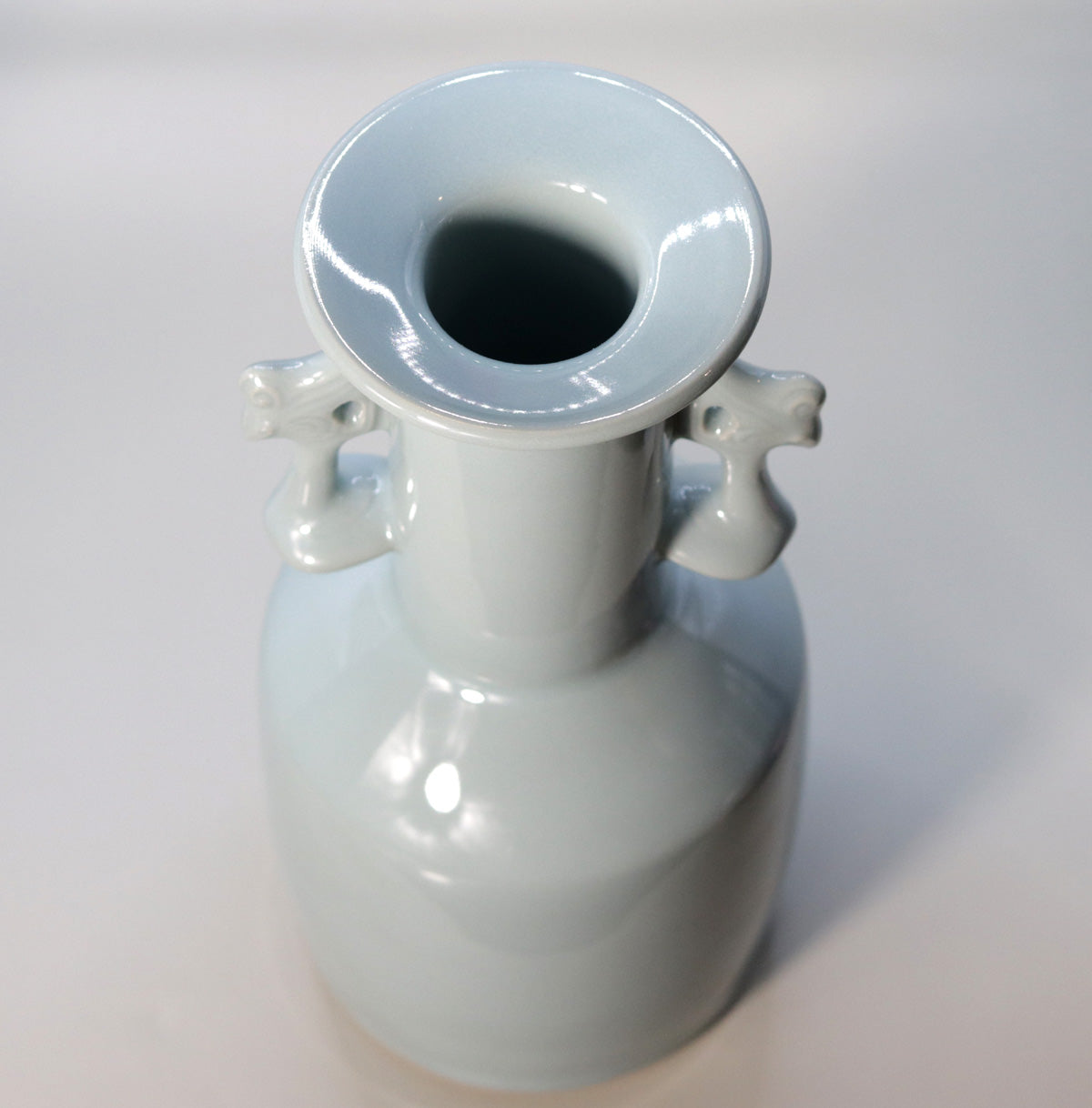
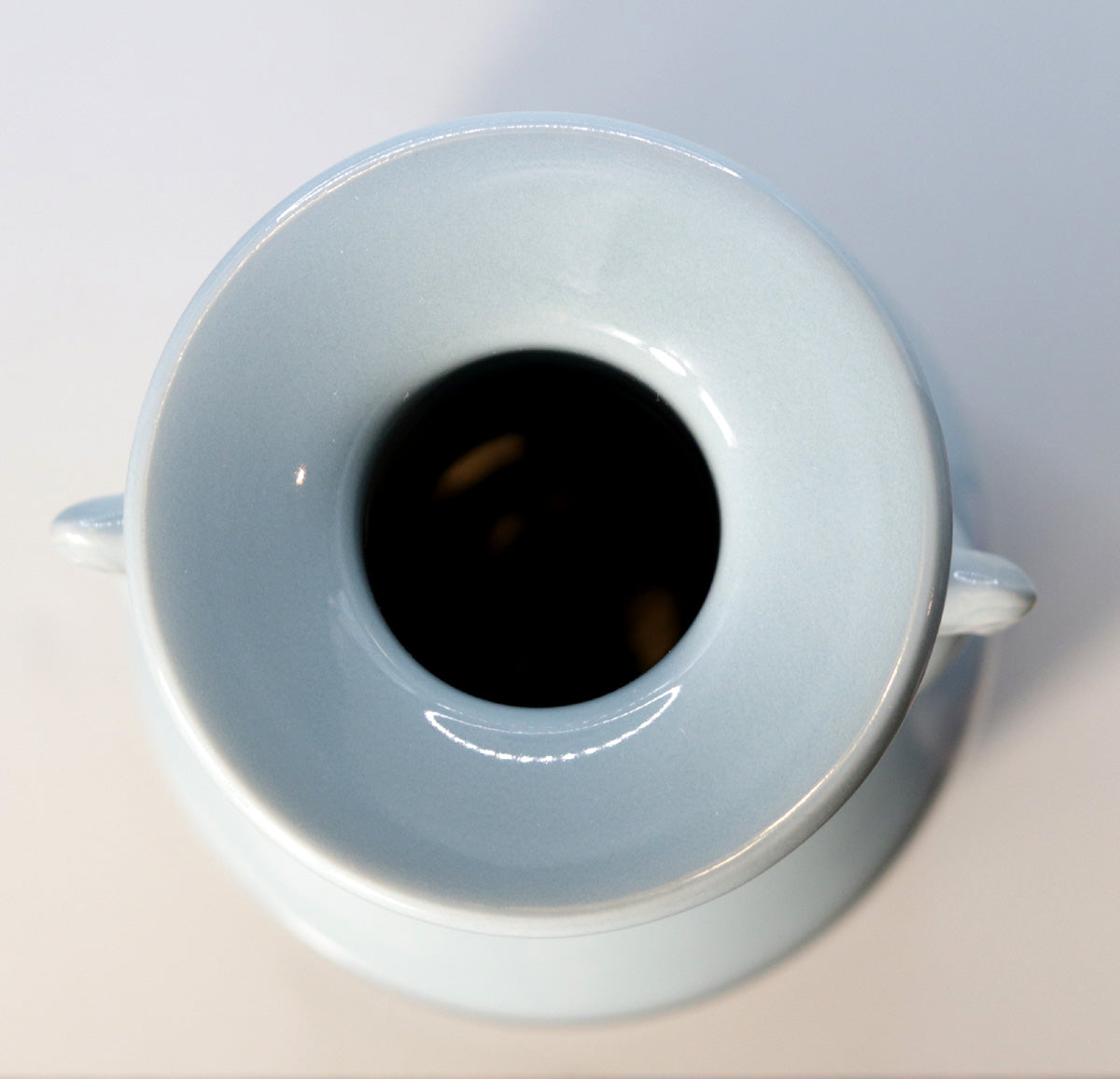
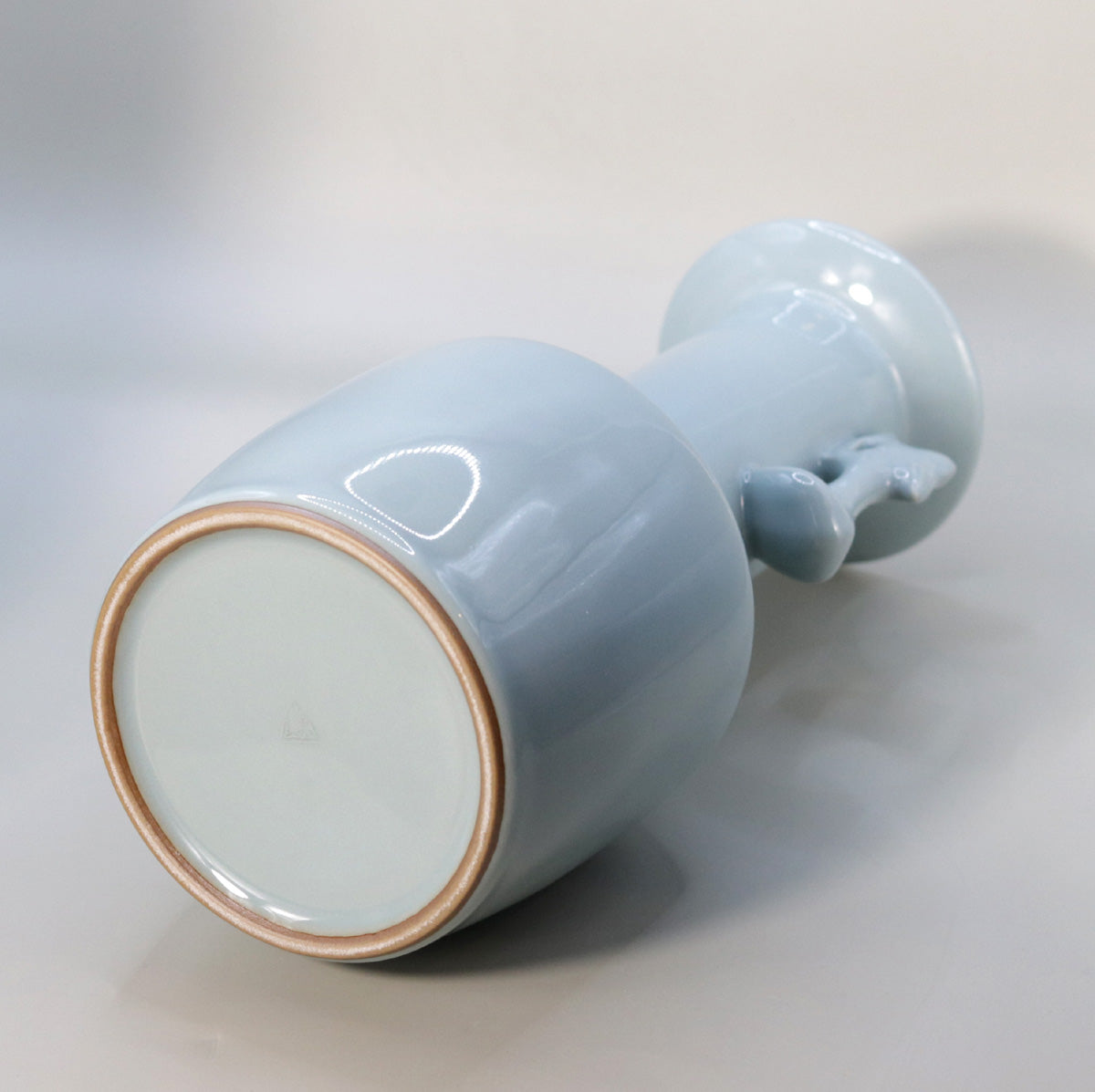
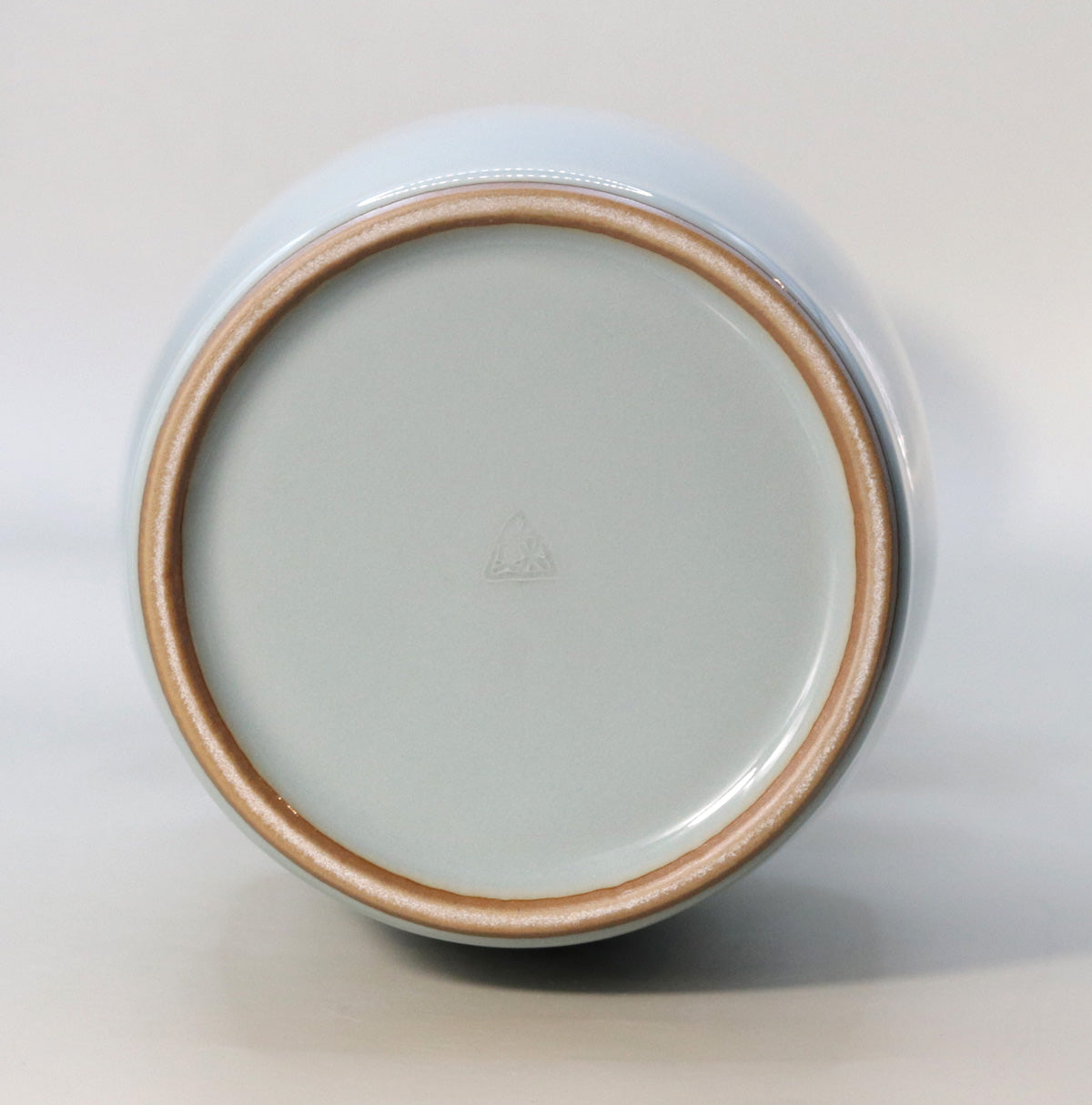
Multi-Column
-
[I will send it to you quickly and carefully]
We carefully package each product in a way that suits it best.
Also, delivery times vary depending on the piece (vessel, etc.).
Items that already come with a box will be shipped within 1-3 days of the order date.
For items that require a box to be made after your order, it will take approximately 30 days for production to be completed and then shipped.
In either case, once we have confirmed your order, we will contact you by email to inform you of the delivery date.
-
[Requests when purchasing pottery]
Even products that look the same may differ slightly in color, shape, size, etc.
The way the glaze is used, the power of the kiln, the firing method, the season, and the humidity also affect the appearance of the pottery.
Please understand the individuality of each piece of pottery and enjoy the unique warmth of handmade.








